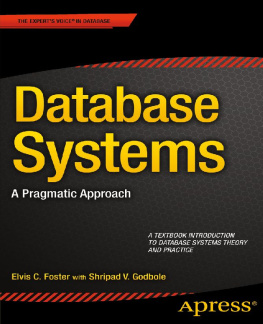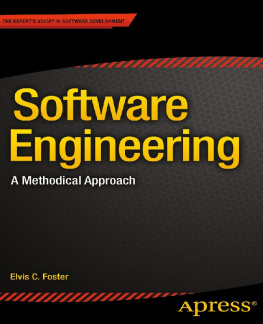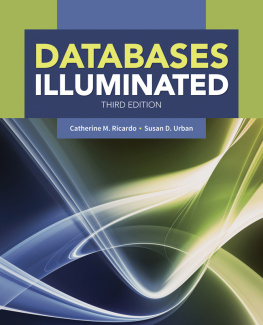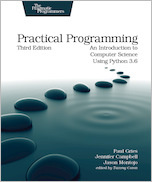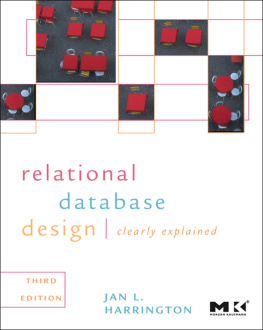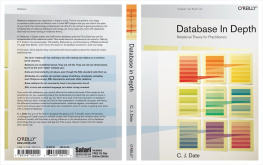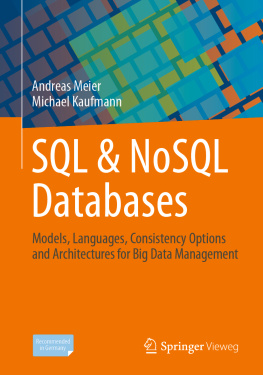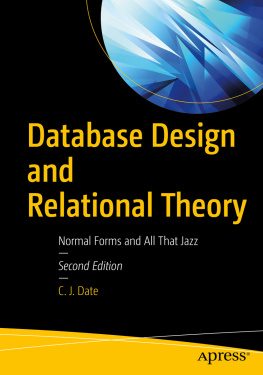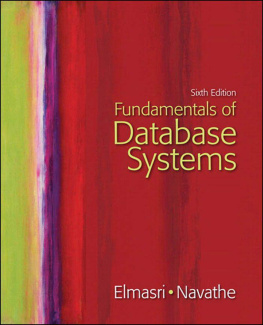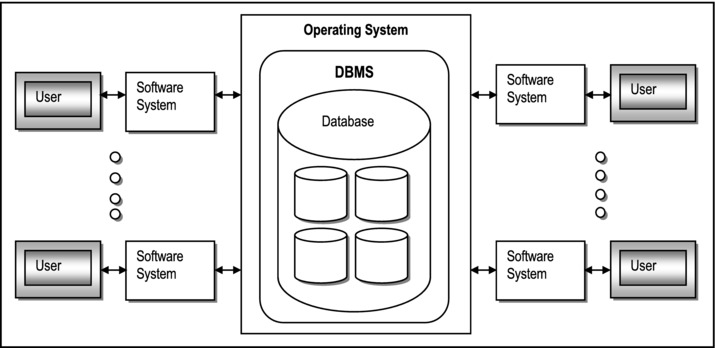Elvis C. Foster - Database Systems: A Pragmatic Approach
Here you can read online Elvis C. Foster - Database Systems: A Pragmatic Approach full text of the book (entire story) in english for free. Download pdf and epub, get meaning, cover and reviews about this ebook. year: 2014, publisher: Apress, genre: Computer. Description of the work, (preface) as well as reviews are available. Best literature library LitArk.com created for fans of good reading and offers a wide selection of genres:
Romance novel
Science fiction
Adventure
Detective
Science
History
Home and family
Prose
Art
Politics
Computer
Non-fiction
Religion
Business
Children
Humor
Choose a favorite category and find really read worthwhile books. Enjoy immersion in the world of imagination, feel the emotions of the characters or learn something new for yourself, make an fascinating discovery.
- Book:Database Systems: A Pragmatic Approach
- Author:
- Publisher:Apress
- Genre:
- Year:2014
- Rating:5 / 5
- Favourites:Add to favourites
- Your mark:
Database Systems: A Pragmatic Approach: summary, description and annotation
We offer to read an annotation, description, summary or preface (depends on what the author of the book "Database Systems: A Pragmatic Approach" wrote himself). If you haven't found the necessary information about the book — write in the comments, we will try to find it.
Database Systems: A Pragmatic Approach is a classroom textbook for use by students who are learning about relational databases, and the professors who teach them. It discusses the database as an essential component of a software system, as well as a valuable, mission critical corporate resource. The book is based on lecture notes that have been tested and proven over several years, with outstanding results. It also exemplifies mastery of the technique of combining and balancing theory with practice, to give students their best chance at success. Upholding his aim for brevity, comprehensive coverage, and relevance, author Elvis C. Fosters practical and methodical discussion style gets straight to the salient issues, and avoids unnecessary fluff as well as an overkill of theoretical calculations.
The book discusses concepts, principles, design, implementation, and management issues of databases. Each chapter is organized systematically into brief, reader-friendly sections, with itemization of the important points to be remembered. It adopts a methodical and pragmatic approach to solving database systems problems. Diagrams and illustrations also sum up the salient points to enhance learning. Additionally, the book includes a number of Fosters original methodologies that add clarity and creativity to the database modeling and design experience while making a novel contribution to the discipline. Everything combines to make Database Systems: A Pragmatic Approach an excellent textbook for students, and an excellent resource on theory for the practitioner.
What youll learn- Learn the relational model and the advantages it brings to software systems
- Design database schemas with integrity rules that ensure correctness of corporate data
- Query data using SQL in order to generate reports, charts, graphs, and other business results
- Learn what it means to be a database administrator, and why the profession is highly paid
- Become familiar with the common database brands, their similarities and distinctives
- Explore special topics such as tree-based data, hashing for fast access, distributed and object databases, and more
Database Systems: A Pragmatic Approach is aimed at students who are studying database technology, who aspire to a career as a database administrator or designer. The book is particularly useful for professors teaching such students, and who are in need of an affordable textbook. Practicing database administrators and developers wanting to strengthen their theoretical grounding in their discipline may also find the book useful.
Table of ContentsPart I: Preliminary Topics
1. Introduction to Database Systems
2. The Database System Environment
Part II: The Relational Database Model
3. The Relational Model
4. Integrity Rules and Normalization
5. Database Modeling and Design
6. Database User Interface Design
7. Relational Algebra
8. Relational Calculus
9. Relational System a Closer Look
Part III: Structured Query Language
10. Overview of SQL
11. SQL Definition Statements
12. SQL Data Manipulation Statements
13. Logical Views and Security
14. The System Catalog
15. Some Limitations of SQL
Part IV: Some Commonly Used DBMS Suites
16. Overview of Oracle
17. Overview of DB2
18. Overview of Microsoft SQL Server
19. Overview of Gupta Team Developer and MySQL
20. Overview of Borland Delphi
Part V: Advanced Topics
21. Database Administration
22. Distributed Database Systems
23. Object Databases
24. Data Warehousing and Information Extraction
25. Web-Accessible Databases
Part VI: Final Preparations
26. Sample Exercises and Examination Questions
Part VII: Appendices
A. Review of Trees
B. Review of Hashing
C. Review of Information Gathering Techniques
Elvis C. Foster: author's other books
Who wrote Database Systems: A Pragmatic Approach? Find out the surname, the name of the author of the book and a list of all author's works by series.

